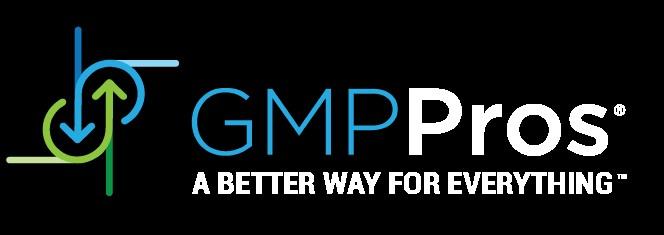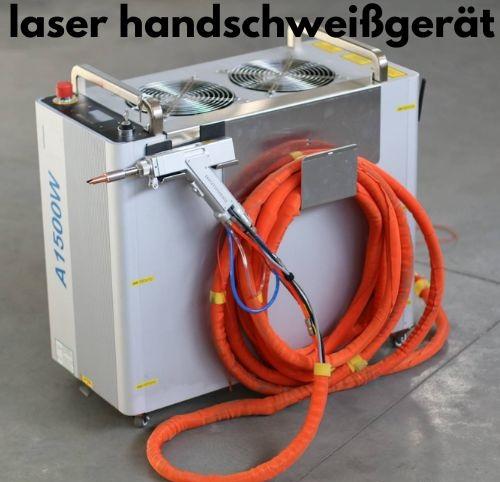Why Electronic Batch Records Are the Future of Compliance and Efficiency

Introduction
In modern manufacturing, especially in regulated industries like pharmaceuticals and biotech, precision is not a luxury — it is a requirement. Every detail, from how a product is made to how it is documented, must meet strict standards. Traditionally, these records lived on paper. Today, more companies are turning to an electronic batch record system (EBR) to replace those binders and manual signatures with a digital, streamlined process.
This shift is not simply about adopting new technology. It is about ensuring compliance, improving efficiency, and building a culture of accountability and transparency — values that resonate across teams, whether they are in a lab, on a production floor, or managing projects remotely.
What Is an Electronic Batch Record System?
An electronic batch record system is a digital platform that captures, stores, and manages the entire production lifecycle of a batch. It automates record-keeping, tracks deviations, and ensures all steps are followed consistently. Instead of relying on paper forms that can be misplaced or misread, EBR systems bring accuracy and clarity to every stage of manufacturing.
This matters because regulated industries operate under constant oversight. A single error can delay product release, create compliance risks, and in the worst cases, affect patient safety. EBR systems minimize those risks by ensuring the process is followed correctly, every single time.
Why Paper Is No Longer Enough
Paper records once served as the backbone of compliance, but they struggle to keep up with modern demands. Manual data entry invites mistakes. Paper files take up space and are difficult to audit. When a regulator requests documentation, teams often spend hours digging through archives.
In contrast, electronic records allow instant access, clear audit trails, and built-in error prevention. For leaders managing distributed teams, this digital transparency is a game-changer. It means less time chasing paperwork and more time focusing on performance, culture, and continuous improvement.
Compliance Without the Headaches
One of the strongest reasons organizations adopt EBR systems is compliance. Regulations from the FDA, EMA, and other bodies are non-negotiable, and meeting them with paper-based processes is resource-intensive.
With an electronic batch record system, compliance becomes part of the workflow itself. Steps cannot be skipped. Deviations are logged automatically. Audit trails are created in real time. Instead of compliance being a burden, it becomes a natural outcome of how the system operates.
This doesn’t just ease regulatory audits. It also gives teams peace of mind, knowing that quality and compliance are built into their daily work.
Efficiency That Scales With Growth
Efficiency is often described as “doing more with less,” but in reality, it’s about eliminating waste and focusing energy where it matters. Paper slows teams down. Electronic batch record systems accelerate them.
With EBR, data flows directly into digital records, reducing manual entry. Errors are flagged as they happen, not weeks later during a review. Teams in different locations can access the same data in real time. For project managers and startup founders, that means decisions can be made faster and with greater confidence.
As companies scale, these efficiencies compound. What once required hours of manual review can now be accomplished in minutes, freeing teams to focus on higher-value tasks like innovation and problem-solving.
The Human Side of EBR Adoption
While technology plays a central role, the real story is about people. Introducing an electronic batch record system changes how teams work, communicate, and collaborate.
For HR professionals and remote leaders, this transition requires careful onboarding and training. Employees need to understand not just how to use the system, but why it matters. When teams see that EBR reduces stress, prevents errors, and helps them succeed, adoption becomes much smoother.
Cultural alignment is also key. Digital systems like EBR reflect a company’s values: transparency, accountability, and trust. When leaders embrace these tools, they set a tone that resonates across the organization.
How GMP Pros Supports This Shift
At GMP Pros, the focus is on helping organizations implement systems that improve compliance and efficiency without disrupting operations. The team understands that moving from paper to digital is not only a technical upgrade but also a cultural one.
By combining deep expertise in regulated manufacturing with a practical approach to change management, GMP Pros ensures companies get more than just software. They gain a partner who can guide them through adoption, training, and long-term success with electronic batch record systems.
Looking Beyond Manufacturing
Although electronic batch record systems are designed for production environments, their benefits echo across other areas of work. Remote teams can learn from the principles of EBR: clear accountability, structured processes, and transparency.
Just as EBR systems eliminate uncertainty in manufacturing, project managers can adopt similar frameworks to streamline workflows, reduce errors, and improve collaboration across distributed teams. The lesson is universal: when clarity and consistency are built into systems, people can focus on innovation rather than administration.
Conclusion
The shift from paper to digital is more than a technology trend — it’s a fundamental change in how organizations approach compliance and efficiency. An electronic batch record system ensures accuracy, builds trust, and supports a culture of accountability.
For leaders — whether managing a manufacturing floor or a remote project team — the message is clear: digital systems are not just tools, they are enablers of better work. With partners like GMP Pros, companies can make this transition confidently and unlock the full potential of their teams.








